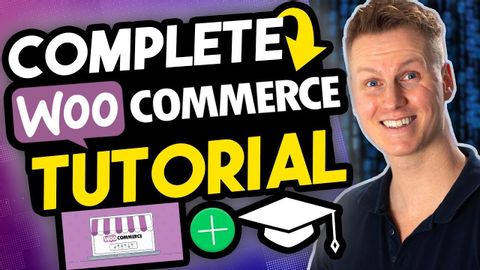
Subtitles & vocabulary
Complete WooCommerce Tutorial | eCommerce Tutorial 2020
00
Su Jung-Hsun posted on 2020/07/26Save
Video vocabulary
description
US /dɪˈskrɪpʃən/
・
UK /dɪˈskrɪpʃn/
- Noun
- Explanation of what something is like, looks like
- The type or nature of someone or something.
A2TOEIC
More instance
US /ˈɪnstəns/
・
UK /'ɪnstəns/
- Noun (Countable/Uncountable)
- An example of something; case
- An occurrence of something.
- Transitive Verb
- To give as an example of something else
A2TOEIC
More category
US /ˈkætɪˌɡɔri, -ˌɡori/
・
UK /ˈkætəgəri/
- Noun
- Groups of things that are similar in some way
B1
More amount
US /əˈmaʊnt/
・
UK /ə'maʊnt/
- Noun (Countable/Uncountable)
- Quantity of something
- Intransitive Verb
- To add up to a certain figure
A1TOEIC
More Use Energy
Unlock All Vocabulary
Unlock pronunciation, explanations, and filters
